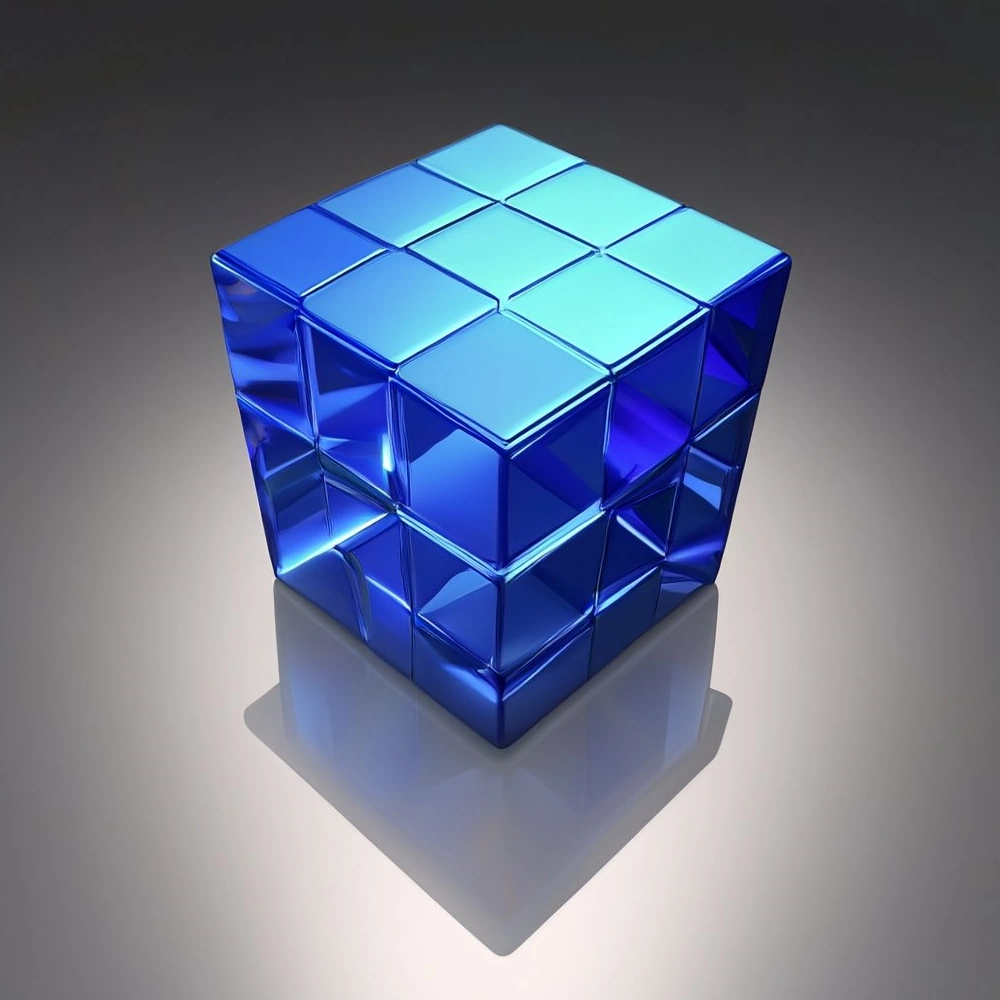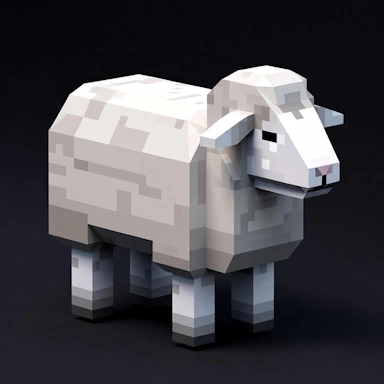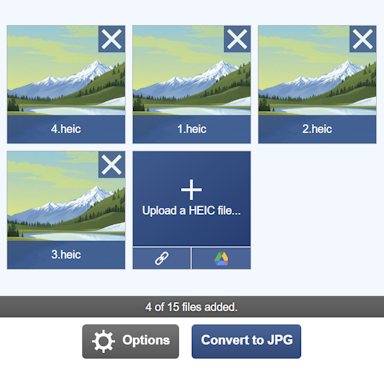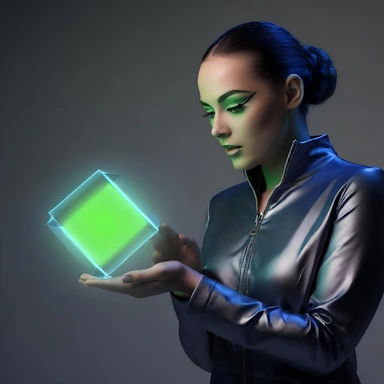A Comparison of OBJ and FBX File Formats
In this section, we will compare the OBJ and FBX formats to see what the differences are between these two well-known 3D model formats. Before we begin, if you are not familiar with 3D modeling and the terminology behind it, we thoroughly recommend this great article that explains 3D modeling concepts and the terminology that goes with it.
Structure
Both OBJ and FBX formats store 3D model data as a series of geometric 3D mesh objects. These meshes are composed of vertices, faces, materials, and texture coordinates. Both can be saved in plain text format; the OBJ format uses a simple format of one element, whether that be a vertex, texture coordinate, or face, per line, without much scope to extend this without creating serious incompatibility issues.
When it comes to animations, only the FBX format currently supports them. OBJ files do not have support for animations, model joints, or bones.
The FBX-supported text format implements a JSON format, which allows easy extensibility of the data stored at the cost of the files being larger than the equivalent OBJ file. The FBX format also supports being saved in a binary format, addressing these size-related issues.
Supported Material
Both OBJ and FBX formats support materials at both an object and mesh face level. These materials can be either plain-color materials or textures. With the OBJ format, the materials are stored in a separate file with the extension MTL, and this file is referenced within the main OBJ file. If the material contains textures, then these are provided as separate image files, such as PNG or JPG. With the FBX format, materials and textures are usually included within the main FBX file; however, the texture files may also be provided as separate image files. Again, using common image formats, such as PNG and JPG, is normal.
Both formats support ambient, diffuse, and specular colors and textures in addition to bump maps.
An animated FBX file from mixamo.com
A teapot 3D model saved to the OBJ format with no materials
A soldier model was saved as an OBJ file with textures
Editing
OBJ and FBX files have support for editing within the major 3D editing applications, such as Blender. Some support for FBX is being lost due to some recent security issues with the format; in particular, it can no longer be opened on Windows-based machines using the 3D Viewer application.
File Size
There are plain text versions available of both the OBJ and FBX formats; however, the FBX format also has a binary format, which makes it a clear winner when it comes to file size. For 3D models containing a lot of texture image files, it is a matter of how well the geometry is reduced by saving to the binary format, as textures will not be reduced further by saving to the FBX format versus the OBJ format.
Summary
The choice of whether to save your model as an OBJ file or an FBX file is largely driven by whether you wish to distribute the model and whether you need to create animations within the model file. FBX supports animations, whereas OBJ does not, so FBX is the only option for animation support. If you are planning to distribute your model, then the OBJ format may be a better choice due to some security issues and rescinded support amongst some operating systems for FBX files.








